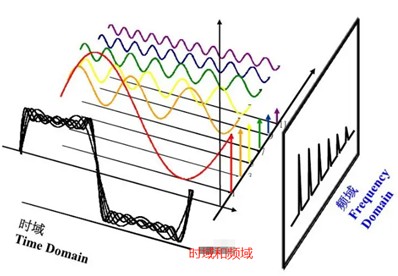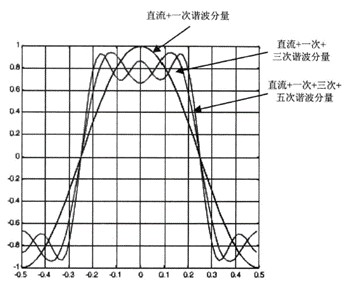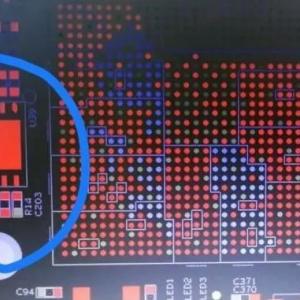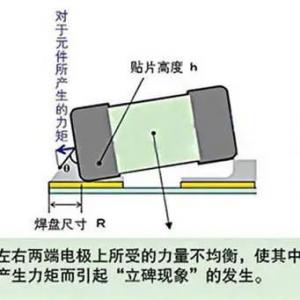What is a high-speed circuit?High-speed circuit signal integrity analysis
In my work, I often encounter people asking what a high-speed circuit is, or what to look for when designing a high-speed circuit. Whenever I encounter such a question, I am confused, but in fact, different products and different people have different understandings of it. Today a brief summary of some of the most basic concepts including the understanding of high-speed circuits, what is the signal integrity and signal bandwidth.First, the definition of high-speed circuits
I have seen from a variety of materials and books on the definition of high-speed circuits, may be different products for high-speed signals are defined differently, depending on the design of the product type, a simple collation of the following main.1. refers to the circuit due to high-speed changes in the signal so that the analog characteristics of the circuit, such as the inductance of the wire, capacitance and other effects.
2. The signal operating frequency exceeds 50MHz, and the circuit above this frequency has accounted for a considerable portion of the entire electronic system.
3. Defined by the time of the rising and falling edges of the signal.
4. We are usually more familiar with the DDR, Serdes, UFS and some other upper G transmission rate layout, etc.
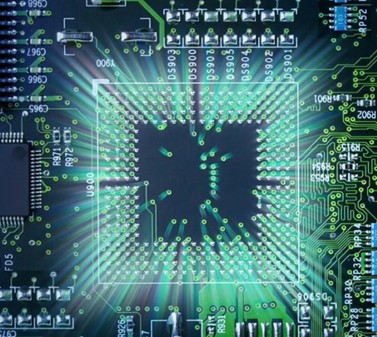
Second, high-speed circuit signal integrity issues
Signal integrity requirements is the signal from the transmitter to the interconnect transmission process to the correct timing, amplitude and phase to the receiving end, and the receiving end can work properly, or you can say that the signal in the interconnect transmission can be well maintained in the time domain and frequency domain characteristics. There are usually two other definitions as follows.1. When the edge time of the signal is less than 4-6 times the interconnect transmission delay, the signal integrity needs to be considered.
2. When the line propagation delay is greater than the rising or falling edge of the driver will cause unintended results of transmission.
3. The following is a brief description of the relationship between the time domain and frequency domain, because when I came into contact with these two concepts is confused, very confused:.
